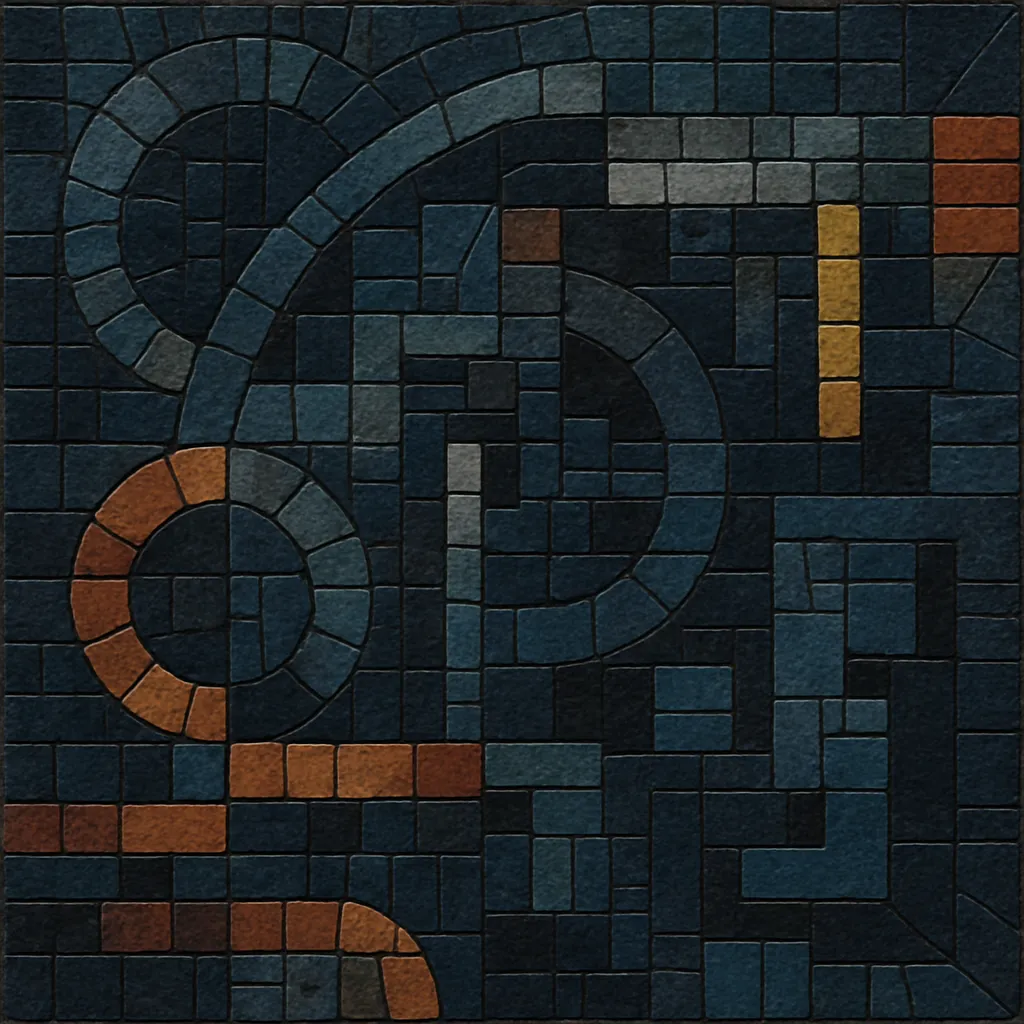Tech house is a dancefloor-focused fusion of techno’s precision and house music’s groove. It emphasizes stripped‑back, percussive rhythms, rolling basslines, and clean, punchy drums, typically in the 120–130 BPM range.
Compared to straight techno, tech house is funkier and more shuffle-oriented; compared to classic or deep house, it is darker, more minimal, and more machine-driven. Tracks often feature long DJ‑friendly intros/outros, subtle automation, sparse vocals or chopped one‑shots, and a strong emphasis on groove continuity over big melodic moments.
Sound design favors tight 909/808-style drums, crisp open hats, snappy claps, subby or mid‑bass riffs, and understated stabs or chords. Modern tech house has broadened from its 1990s underground UK roots to global festival and club contexts, retaining its core identity of percussive drive and streamlined arrangements.
Tech house emerged in the UK in the mid to late 1990s as DJs and producers blended Detroit/European techno’s drum programming and sound design with Chicago/UK house’s swing and groove. London clubs and parties—particularly Wiggle (spearheaded by Terry Francis, Eddie Richards, Nathan Coles) and The End (co‑founded by Mr. C)—were key hubs that codified the style: stripped arrangements, rolling bass, tracky percussion, and long, mixable structures.
Through the 2000s, labels and crews across the UK and Europe pushed a lean, percussive aesthetic that intersected with minimal techno and microhouse. The sound migrated to Berlin, Ibiza, and broader European circuits, where the tool‑like, DJ‑centric approach fit long club sessions. Producers increasingly focused on precision engineering, subtle automation, and immaculate drum/bass balance.
In the 2010s, tech house surged globally. Ibiza residencies and festival stages helped popularize a punchier, hook‑led take that retained tracky fundamentals while adding ear‑catching bass motifs and vocal chops. Labels and artists from the UK, US, and Europe broadened the audience, placing tech house at the center of many club and streaming charts.
Tech house remains a cornerstone of peak‑time club programming, spawning micro‑variants (funky, minimal‑leaning, Latin‑inflected, vocal‑driven) while intersecting with adjacent scenes like g‑house and peak‑time techno. Despite mainstream visibility, the genre’s core identity—percussive economy, groove, and DJ‑friendly structure—continues to define it.


